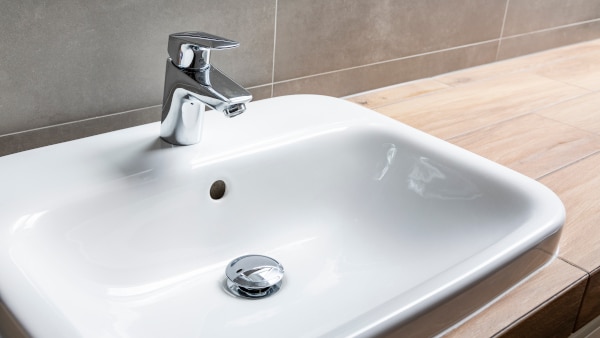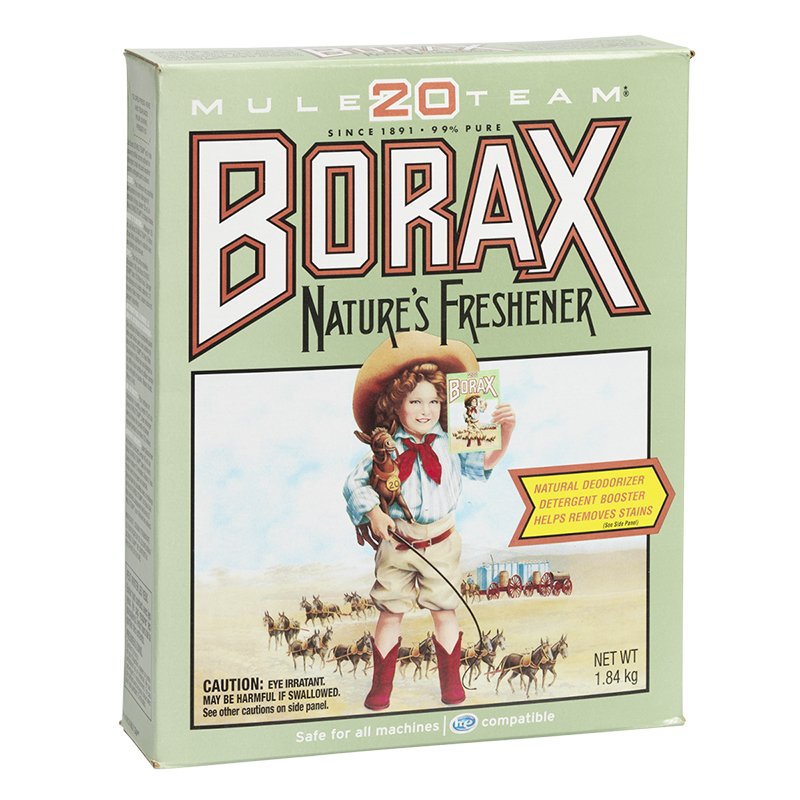Drain flies are a common pest that can be found in the home. They are also know as moth or sink flies and can easily be mistaken for gnats or fruit flies. How do drain flies get into your house? The front door. Most people think that they come up from the drains, but they actually come in any crack or open window looking for the organic material inside the drain. Drain flies eat and lay their eggs in this organic material.
WHAT EXACTLY ARE DRAIN FLIES?
So lets get to know this pest. First of all, understand that these pests are not harmful to humans. They carry no diseases that can be transferred to us, and don’t bite or sting. These pests are just a nuisance. Drain flies are small (typically 2 to 5 mm in length), light grey or tan colored flies with short body and leaf shaped wings. They are hairy and their wings extend beyond their bodies behind them.
Drain flies are nocturnal insects that prefer damp environments. These flies feed on decaying plant and animal matter, typically vegetation. This is why they are attracted to the drains in your home. The decaying matter in your kitchen and bathroom drains make for a great food supply and a place to lay their eggs. These flies reproduce very quickly and the larvae are very resilient. It only takes 32 to 48 hours for the eggs to hatch. From their, the larvae last another 9 to 14 days and can survive in high temperature and low oxygen environments. The entire life cycle of a drain fly can last up to three weeks.
DO HOME REMEDIES WORK?
Many people think that pouring bleach down the sink will eliminate them, but nothing could be further from the truth. Bleach will not kill the eggs or larvae of the drain fly, but it will kill other enzymes that compete with the drain flies for food. This gives them the perfect opportunity to reproduce even faster.
So you may be asking yourself, “Do I have drain flies?” Here’s a simple test. Before you go to bed, take a piece of scotch tape and put it across your drain, sticky side down, leaving space on both sides for air to move upward from the drain. The next morning, inspect the tape for any pests stuck to it. Repeat the process for 4 days. If on any of those days, you see flies stuck to the tape, this indicates that you have drain flies in your home.
So if you know how do drain flies get in your house, what do you do now? This is where your exterminator comes in. Exterminators have treatments that can naturally increase the enzymes in the drain, cleaning out the organic matter that these pests need. If you’re looking for a pest control solution in the Tulsa, Oklahoma area, TermMax Pest Control is here to help! Contact Us today for a free estimate!




